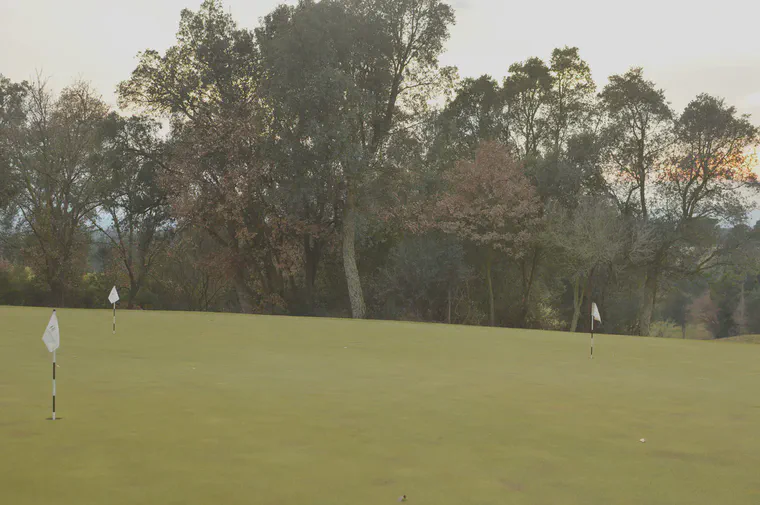What we talk about when we talk about disturbance
When I think about disturbance, I think primarily of verticutting and hollow-tine coring and sand topdressing and then brushing that sand in. Such an approach—one with disturbance—requires a faster growth rate too, and higher nutrient inputs, in order to recover from the disturbance.
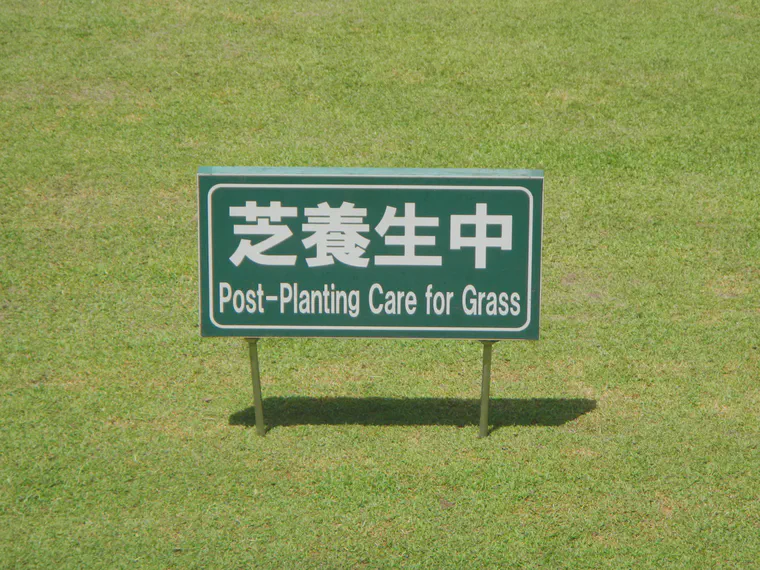
There was a discussion about this on the atc-turf Discord, and I mentioned how I think of disturbance. This is an elaboration on that, because when I think of a mixed stand of bentgrass and Poa annua, and minimal disturbance, I think of David Bataller and the bentgrass greens at Camiral (formerly PGA Catalunya).
Here’s a short clip from Flying Blind in which David explains this.
The first time I went to Girona it was late autumn of 2012 and there was already plenty of snow in the Pyrenees.
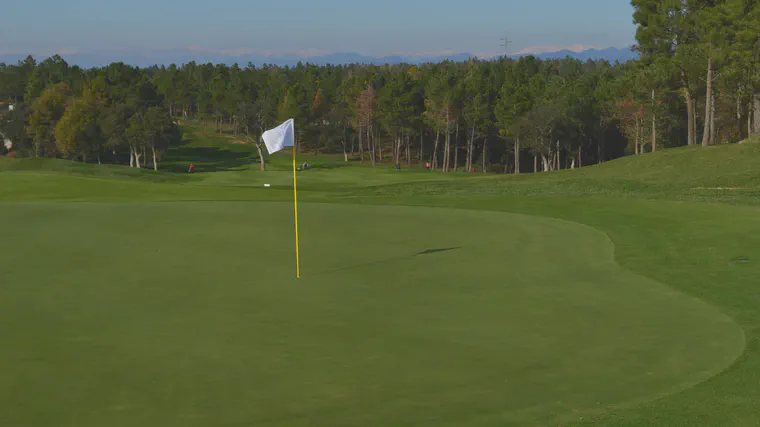
I was also there in 2015 and 2016, and I saw the Poa annua on the most infested greens was weak, and had creeping bentgrass growing through it.
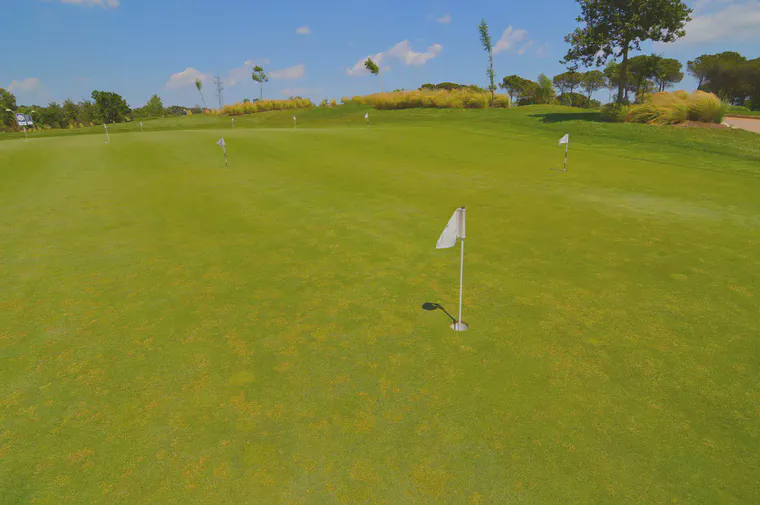
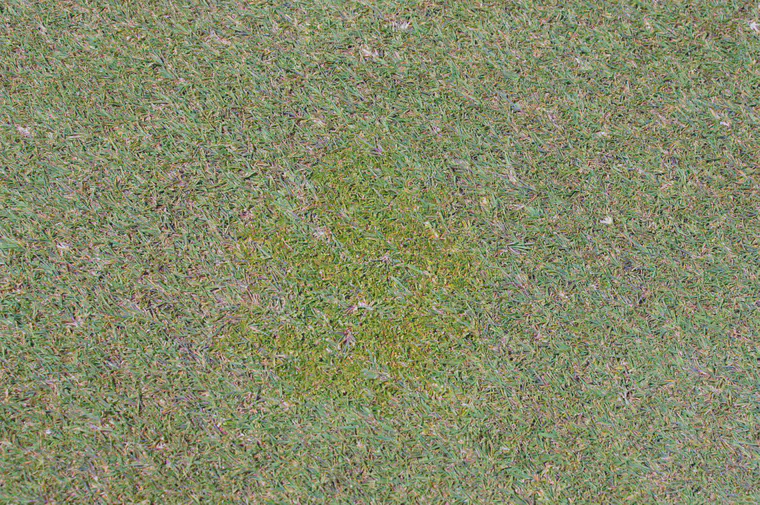
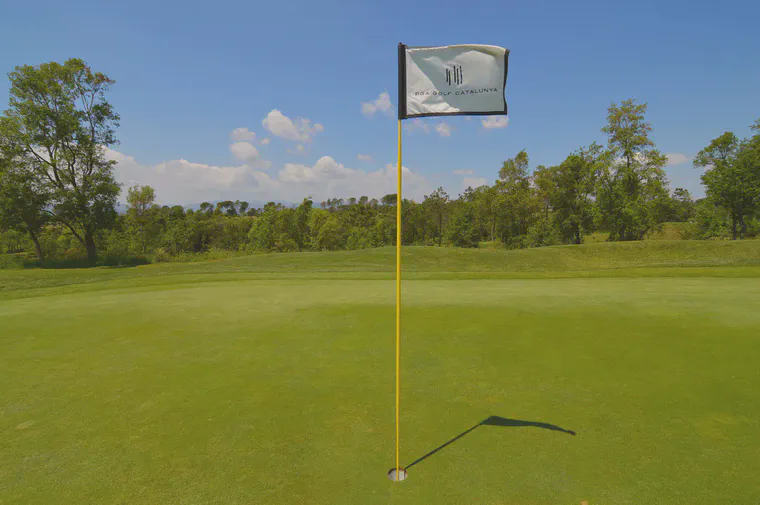
There is minimal disturbance and low nutrient inputs and a slow growth rate. David mentions in the video that he can’t remember the last time he saw mower stripes on the greens. I was impressed in 2016 to see lines from a long-ago scarification still visible.
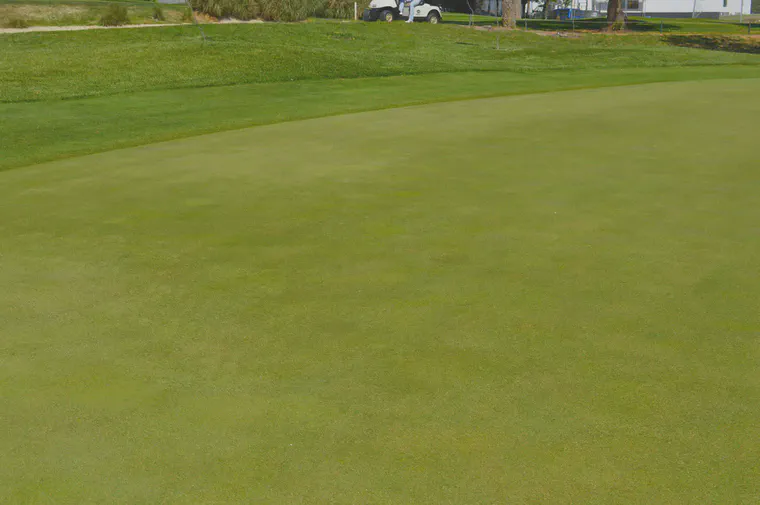
Sure, there has to be some disturbance, but when a trained eye can see lines from a scarification conducted years ago, that’s something.
When I was back in January 2018, there was even more bentgrass on the greens. It’s amazing how that works. And that’s what’s in my mind when I’m thinking about disturbance.
